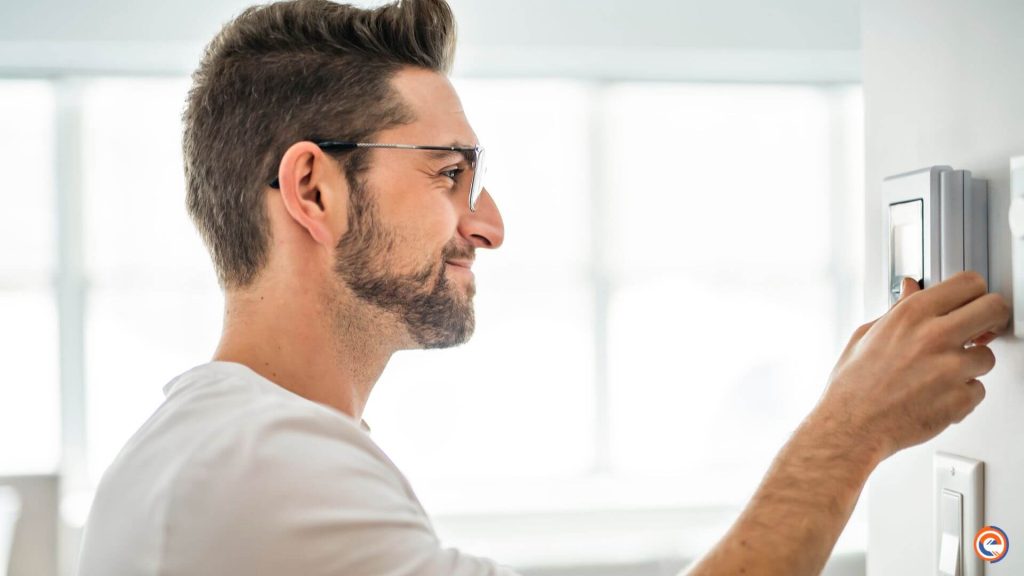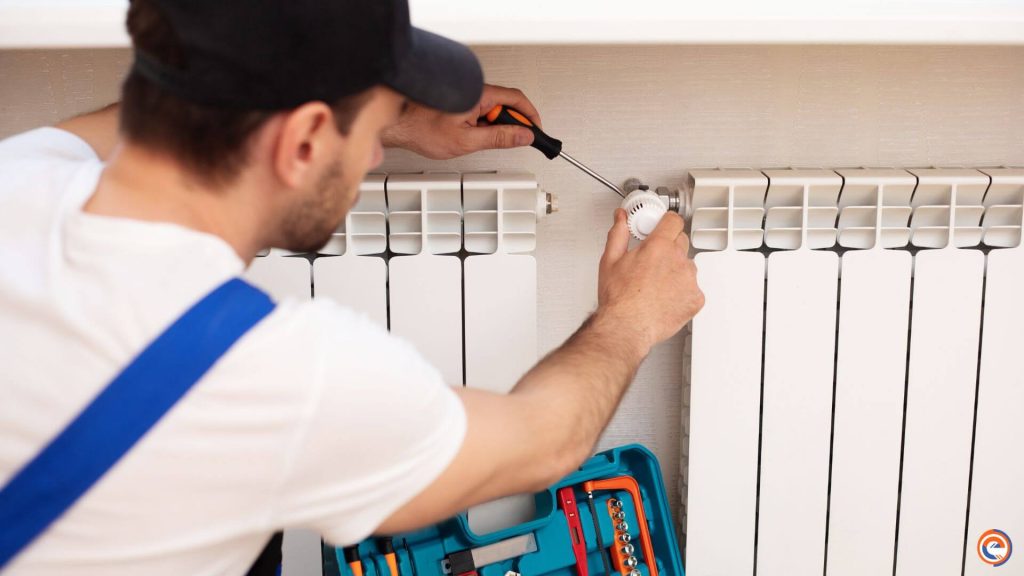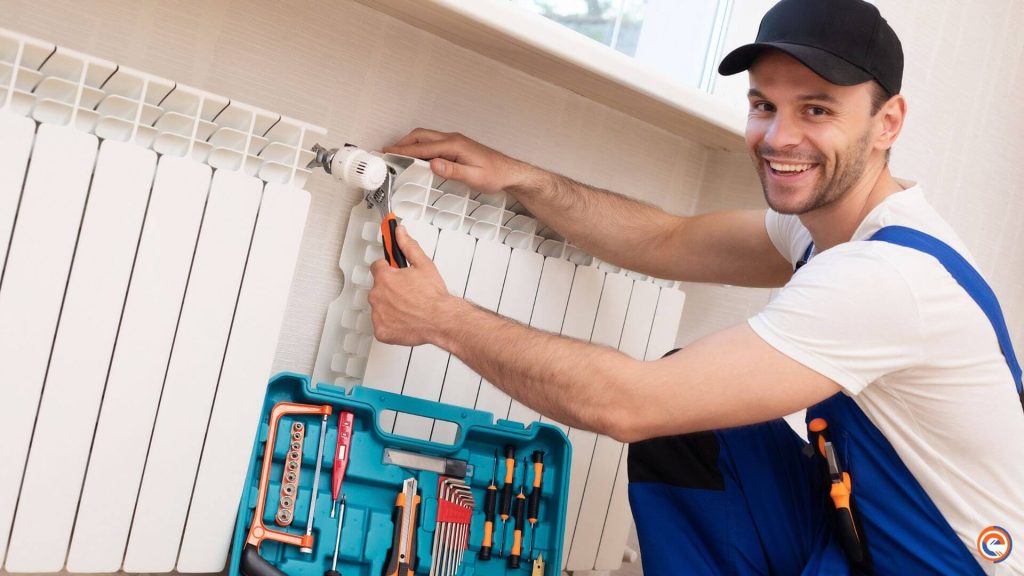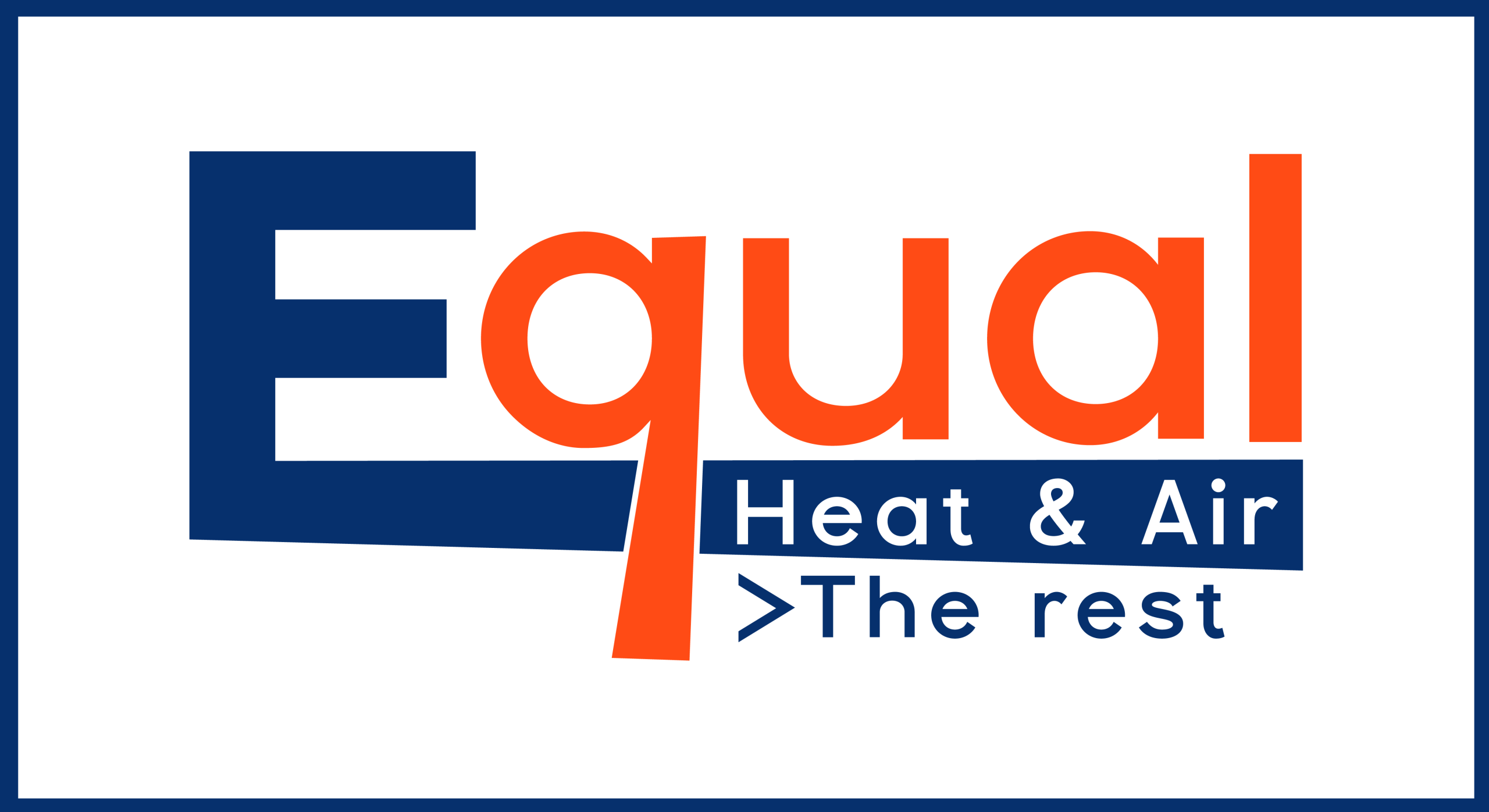24/7 Free Support
469-960-3773
Contact Us
office@equalheatandair.com
Monday - Saturday
8:00 AM - 10:00 PM
Thermostat Installation and Programming in Sachse, Texas
Professional HVAC Thermostat Installation and Programming Services in Texas
Welcome to our comprehensive guide on thermostat installation and programming, essential for maximizing the efficiency of your heating and cooling system. Whether you’re upgrading your home’s heating system, cooling system, or both, or seeking to optimize energy efficiency, proper thermostat installation and programming are vital steps. In this guide, we’ll cover everything you need to know about thermostat installation, from the basics of thermostat install to changing out an existing one. Let’s dive in!

1. Understanding Thermostat Installation
Installing a thermostat is a relatively straightforward process, but it’s important to follow the manufacturer’s instructions carefully to ensure proper functionality. Here’s a step-by-step guide to thermostat installation:
- Gather Your Tools: Before you begin, gather the necessary tools, including a screwdriver, wire cutter/stripper, and drill (if needed).
- Turn Off Power: Safety first! Turn off the power to your HVAC system at the circuit breaker to avoid any electrical mishaps.
- Remove Old Thermostat: If you’re changing out an existing thermostat, carefully remove the cover and disconnect the wires from the terminals. Note the wiring configuration for reference.
- Mount New Thermostat: Use a level to ensure the thermostat is mounted straight on the wall. Secure it in place with screws.
- Connect Wires: Follow the manufacturer’s wiring diagram to connect the wires from your HVAC system to the corresponding terminals on the new thermostat.
- Install Batteries: If your thermostat requires batteries for operation, insert them according to the instructions.
- Attach Cover: Once the wiring is complete, attach the cover to the thermostat.
- Turn Power Back On: Restore power to your HVAC system at the circuit breaker. A heat pump efficiently transfers heat between indoor and outdoor environments, providing both heating and cooling capabilities for enhanced comfort and energy efficiency in residential and commercial settings.
2. Programming Your Thermostat
Now that your thermostat is installed, it’s crucial to program it effectively to optimize comfort and energy efficiency within your heating and cooling system. A programmable thermostat empowers you to tailor temperature schedules according to your lifestyle, ensuring seamless adjustments throughout the day.
By utilizing the programmable features of your thermostat, you can enhance the performance of your heating and cooling systems while minimizing energy consumption and utility costs. Additionally, consider the benefits of upgrading to a smart thermostat, which offers advanced functionalities to further streamline energy management and comfort levels. With a smart thermostat, Cooling functions in modern thermostats offer versatile control over air conditioning systems, allowing users to adjust settings for optimal comfort and energy efficiency.
you can enjoy remote access and automated adjustments based on personalized preferences, elevating the efficiency and convenience of your home’s heating and cooling systems.
- Set Temperature Schedule: Determine your desired temperature settings for different times of day and days of the week. Most thermostats allow you to create custom schedules to match your lifestyle.
- Utilize Energy-Saving Features: Take advantage of energy-saving features such as setback temperatures while you’re away from home or asleep. This can help reduce and lower your utility bills.
- Consider Smart Thermostats: Smart thermostats offer advanced features like remote access and learning algorithms that adapt to your preferences over time. Consider upgrading to a smart thermostat for added convenience and energy savings.

3. Changing Out an Existing Thermostat
If you’re changing out an existing thermostat, follow these additional steps:
- Check Compatibility: Make sure the new thermostat is compatible with your HVAC system. Some systems may require additional wiring or adapters.
- Label Wires: Before disconnecting the wires from the old thermostat, label them according to their corresponding terminals. This will make it easier to connect them to the new thermostat.
- Verify Wiring: Double-check the wiring configuration on the new thermostat to ensure it matches the labels from the old thermostat. Existing wiring must be carefully evaluated and, if necessary, adapted to ensure compatibility and seamless integration during the installation of a new thermostat.
- Test Operation: Once the new thermostat is installed, test its operation to ensure everything is working correctly. Verify that the heating and cooling systems respond appropriately to temperature adjustments.
Maximizing Comfort and Efficiency: Understanding Your Heating and Cooling System
In today’s fast-paced world, ensuring optimal comfort and efficiency in your living space is paramount. it plays a pivotal role in maintaining a comfortable indoor environment year-round.
From keeping you warm during chilly winters to providing relief from scorching summer heat, understanding the intricacies of your heating and cooling system is essential.
In this comprehensive guide, we’ll delve into the fundamentals of how your HVAC system operates, explore common maintenance tasks to ensure peak performance, and provide valuable tips for optimizing energy efficiency without compromising on comfort.

Programmable Thermostats
Programmable thermostats allow you to schedule heating and cooling at different times, saving energy and money on your utility bills. They are easy to install and can reduce your home’s heating and cooling costs by about 15 percent. They come in various models with different features, some can even learn your preferences and adjust automatically.
Inconsistent room temperatures can be attributed to faulty ductwork. Discover how a simple duct repair can address the issue and restore even cooling throughout your home or office.
It’s recommended to change your HVAC air filters every 1 to 3 months, depending on factors like filter type, indoor air quality, and usage.
The size of your HVAC system is determined by factors such as the square footage of your home, insulation, and climate. It’s best to consult with an HVAC professional who can perform a load calculation to determine the appropriate size for your specific needs.
You can improve energy efficiency by regularly maintaining your HVAC system, sealing air leaks in your home, properly insulating your walls and attic, using a programmable thermostat, and ensuring proper airflow through clean air filters.
The average lifespan of an HVAC system varies depending on the type and quality of the system, but generally, it can range from 10 to 20 years. Regular maintenance and proper care can help extend its lifespan.
It is recommended to schedule HVAC maintenance at least once a year. Ideally, it’s best to have professional maintenance performed in the spring for cooling systems and in the fall for heating systems to ensure optimal performance.
Common signs of HVAC system issues include inadequate cooling or heating, strange noises, unusual odors, frequent cycling, high energy bills, and poor airflow. If you notice any of these signs, it’s best to contact an HVAC professional for inspection and repairs.
To improve indoor air quality, you can regularly change air filters, consider installing air purifiers or cleaners, ensure proper ventilation, control humidity levels, and minimize indoor pollutants like smoking or chemical usage.
The recommended energy-efficient temperature for cooling is around 78°F (25.5°C) and around 68°F (20°C) for heating. However, adjusting it according to your comfort preferences while keeping efficiency in mind is recommended.
To reduce HVAC noise, you can ensure that all air vents are unobstructed, check for loose parts or ductwork, insulate ducts, use noise-reducing materials around the unit, and consider installing a soundproofing barrier if necessary.
There might be tax credits or rebates available for upgrading to energy-efficient HVAC systems. It’s recommended to check with local government agencies, energy providers, or HVAC manufacturers for information on any available incentives or programs in your area.
